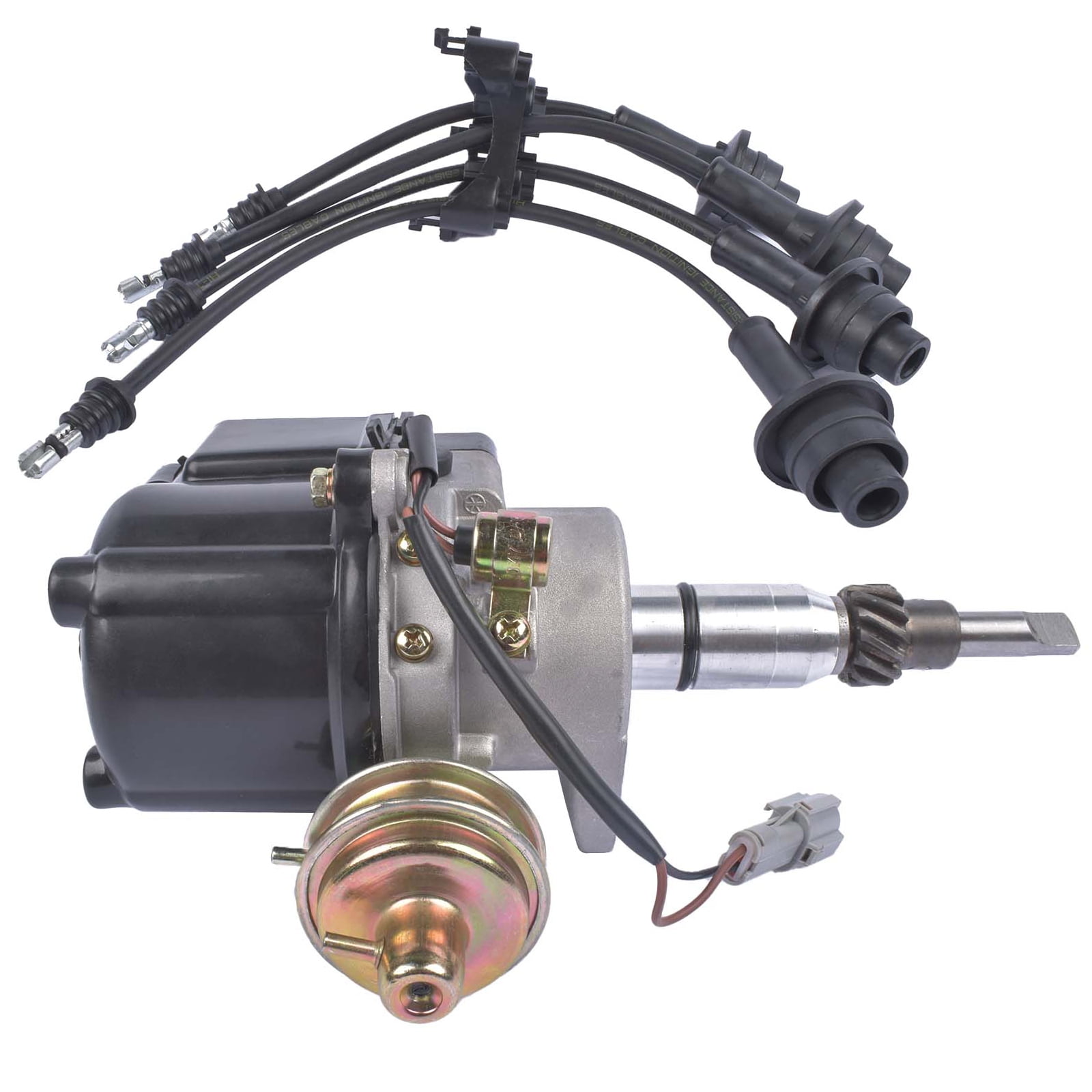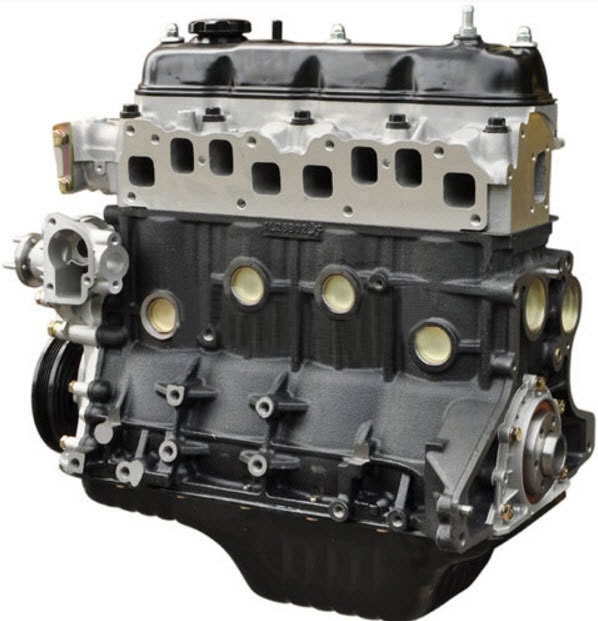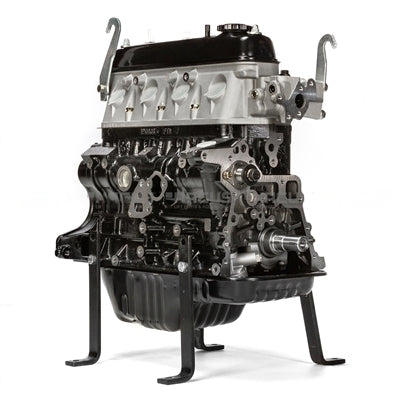Understanding the Mechanics Behind the 4Y Engine’s Power and Durability
Understanding the Mechanics Behind the 4Y Engine’s Power and Durability
Blog Article
Checking Out the Numerous Kinds of Engine: Which One Fits Your Demands?
Internal burning engines proceed to dominate due to their dependability, while electric engines are gaining traction for their sustainability. Crossbreed engines use a flexible compromise, and diesel engines stand out for their power in demanding applications.

Inner Burning Engines
Inner combustion engines (ICEs) are the backbone of modern-day transport, powering a huge selection of vehicles from vehicles to planes. These engines run on the principle of converting fuel into mechanical energy via a series of controlled surges within a burning chamber. The most common kinds of ICEs consist of fuel engines, diesel engines, and rotating engines, each developed to fulfill details efficiency and effectiveness requirements.
Gasoline engines generally use spark ignition, while diesel motor count on compression ignition, leading to distinctive differences in gas efficiency and power output (4y engine). Rotating engines, or Wankel engines, provide a portable layout and smooth procedure, yet are much less commonly made use of in mainstream applications
ICEs have actually undertaken considerable innovations in innovation, consisting of the intro of turbocharging and gas shot systems, which improve overall performance and efficiency. Despite their performance renovations, ICEs deal with increasing analysis due to their environmental influence, especially pertaining to greenhouse gas emissions. As the vehicle industry progresses, the future of ICEs stays a topic of dispute, balancing efficiency, efficiency, and ecological considerations. Nonetheless, they proceed to play an important duty in international transport infrastructure.
Electric Engines
As problems concerning environmental sustainability and fossil gas dependency expand, electrical engines have actually arised as an engaging alternative to interior burning engines. These engines make use of electrical motors powered by batteries or fuel cells, offering a cleaner and much more effective ways of propulsion.
Among the main advantages of electrical engines is their reduced discharges. Unlike traditional engines that shed fossil fuels, electrical engines generate no tailpipe exhausts, dramatically lowering air pollution and adding to boosted public wellness. In addition, the efficiency of electric motors commonly surpasses that of inner burning engines, transforming a greater proportion of energy from the power resource right into functional energy for movement.
Electric engines are also noteworthy for their peaceful operation, making them excellent for metropolitan atmospheres. 4y engine. The simpleness of their layout causes less moving parts, which can bring about lowered maintenance costs and enhanced dependability in time
However, obstacles stay, consisting of battery production impacts, charging infrastructure, and array constraints. Regardless of these hurdles, the growing financial investment in electrical automobile technology and renewable power sources points towards an encouraging future for electrical engines, placed to play a vital function in the shift towards sustainable transportation.
Hybrid Engines
Blending the benefits of both electrical and typical inner burning engines, hybrid engines represent a functional option in the quest for effective and sustainable transportation. These engines integrate a fuel or diesel motor with an electrical motor, enabling improved fuel performance and minimized exhausts compared to conventional automobiles.
Crossbreed engines operate in numerous modes, utilizing the electrical motor for low-speed driving and the interior combustion engine for greater speeds or when even more power is required. This vibrant operation not just boosts fuel economic situation however additionally adds to a smoother driving experience. Regenerative braking is an additional crucial attribute, catching power generally lost during braking and redirecting it to charge the battery.

As consumers significantly focus on eco-friendliness, crossbreed engines stand apart as a useful selection, supplying a reliable balance of performance, performance, and ecological duty. This adaptability makes them appropriate for urban travelling and long-distance traveling alike.
Diesel Engines
Performance and power are trademarks of diesel engines, which have long been favored for their toughness and gas economy. These engines operate on the concept of compression ignition, where air is compressed to a heat prior to fuel is injected, sparking it without the demand for ignition system. This process enables diesel motor to achieve higher thermal efficiency compared to gas engines, equating right into better fuel gas mileage and lower carbon dioxide emissions.
Diesel engines are particularly fit for heavy-duty applications such as vehicles, buses, and industrial equipment, where torque and durability are vital. Their design commonly consists of stronger components to withstand the higher stress created throughout procedure, causing longer solution life and minimized upkeep expenses.

Different Fuel Engines
While diesel motor have long dominated the landscape of durable power sources, alternative fuel engines are getting traction as sensible options for a more lasting future. These engines use a range of gas, such as pressed gas (CNG), gas, ethanol, and hydrogen, intending to reduce greenhouse gas discharges and dependence on nonrenewable fuel sources.
One substantial benefit of different fuel engines is their prospective to reduced carbon impacts. For example, CNG engines produce fewer toxins compared to conventional diesel engines, making them ideal for metropolitan transportation systems and fleets looking for to boost air high quality. Ethanol, obtained from look here biomass, not just minimizes discharges however also supports agricultural economic climates.
Hydrogen gas cells stand for a cutting-edge advancement in this world, supplying zero-emission power through a chain reaction between hydrogen and oxygen. Obstacles such as facilities advancement and manufacturing costs stay barriers to prevalent fostering.
Verdict
In Recommended Reading final thought, selecting the appropriate engine kind requires mindful consideration of details demands and choices. Internal combustion engines provide reliability, while electrical engines focus on sustainability and minimized maintenance. Crossbreed engines combine the advantages of both, boosting effectiveness, whereas diesel engines give exceptional power and torque for heavy-duty applications. Alternative gas engines existing environmentally friendly alternatives, albeit with potential facilities challenges. Eventually, a thorough analysis of driving habits and environmental values will certainly help with an informed decision pertaining to engine selection.
Hybrid engines use a flexible concession, and diesel engines stand out for their power in requiring applications. The most usual kinds of ICEs include fuel engines, diesel engines, and rotating engines, each created to satisfy certain efficiency and efficiency requirements.
Unlike standard engines that melt fossil fuels, electric engines produce absolutely no tailpipe discharges, significantly reducing air pollution and contributing to boosted public wellness.Crossbreed engines run in several settings, utilizing the electric motor for low-speed driving and the internal burning engine for greater rates or when more power is needed. Crossbreed engines incorporate the benefits of both, enhancing efficiency, whereas diesel engines supply exceptional power and torque for heavy-duty applications.
Report this page